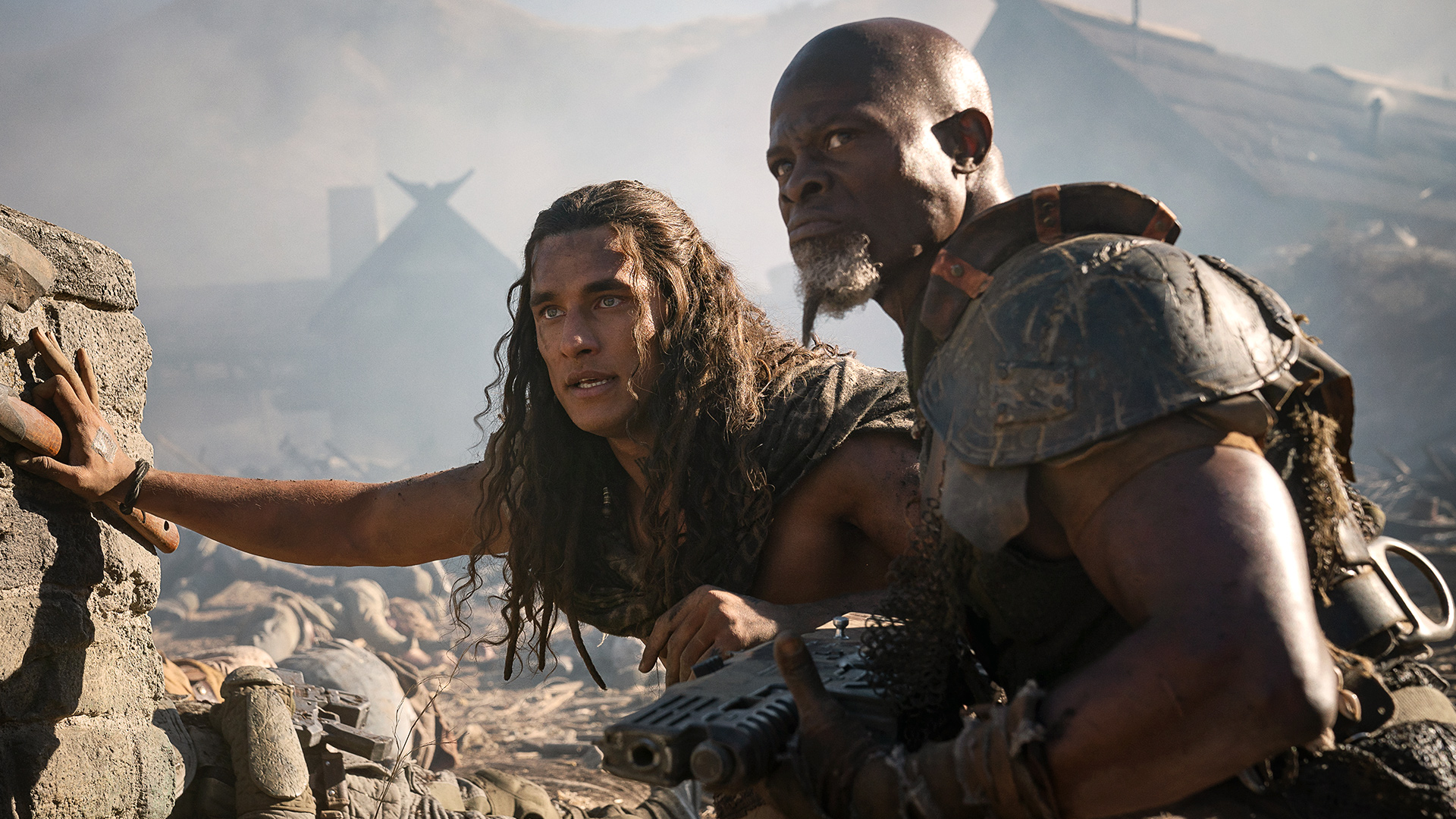Zack Snyder crosses over into self-parody with derivative and lifeless Rebel Moon: Part Two

Zack Snyder is back for more sci-fi action with Rebel Moon: Part Two. It’s simply disappointing that Snyder’s would-be epic is so generic and unintentionally comical, writes Travis Johnson.
In the shell of a nut, here’s the deal vis-à-vis Rebel Moon: Part Two—if you liked Part One, you’ll enjoy this second instalment. If you didn’t, nothing here is likely to redeem your opinion of the whole shebang. Not so much a sequel as simply the second half of one whole movie, Part Two serves up about an hour of backstory for various characters, followed by an hour of furious, frequently (oh so frequently) slow-motion action. If you’ve seen Seven Samurai, The Magnificent Seven, or any of their various imitators, you know how this one plays out—often to the scene.
What new elements that director and co-writer (with Kurt Johnstad and Shay Hatten) Zack Snyder has bolted onto the old narrative frame are awkward additions. We do, to be fair, get a stab at some character development and exposition, but it’s delivered in an extended sequence of flashbacks as our heroes swap origin stories on the eve of the climactic battle. Djimon Honsou’s disgraced general, Staz Nair’s fallen prince, Doona Bae’s cyborg sword-swinger, and more all get a little potted history, but it amounts to trivia—the sort of thing that belongs on the back of an action figure blister pack, not eating up valuable screen minutes.
And speaking of valuable screen minutes, we must admit now that Snyder has a slow-motion problem, and it’s a bug rather than a feature. It seems churlish to drag him for this—it’s such an obvious, easy target!—but with The Scargiver he’s crossed over into self-parody. Wheat is harvested in slow-motion. Honsou drinks water in slow-motion. It feels like an attempt to imbue the proceedings with gravitas and a sense of the epic, but the effect is comical.
But then we come to the action—surely Snyder’s creative wheelhouse—and, yes, if you’re on board with the Watchmen director’s approach to screen violence, you’ll get plenty of bang for your buck in the back half as Sofia Boutella’s Kora and the gang, aided by the doughty farmers of Veldt, fend off the hordes, commanded by Ed Skrein’s Atticus Noble (handily resurrected after his defeat in the last film).
Snyder has a tendency to shoot for the tableau, the “epic shot”, and he’s got a knack for framing images that look like they belong on the side of a van—Heavy Metal awesomeness. If that means sacrificing plausibility or fudging the spatial relationships, so be it—cool is the rule. The strangest example here comes when a chamber orchestra, present in the scene, soundtrack a moment of violence and drama, even providing musical stings for the rising emotion and tension. It’s both a brilliant flourish and a tone-shattering misstep. If anything else in the film was as playful and creative, it might not be so jarring, but instead it feels self-indulgent.

The whole affair does, really. Snyder famously tinkered away at Rebel Moon for decades, and the end result feels like any ideas or concepts that were jettisoned were only grudgingly discarded, while a lot of what remains is barely justified narratively or thematically. Jimmy, the ancient clockwork knight voiced by Anthony Hopkins, is an obvious example; after so much build-up, there’s almost no payoff with the character. In the end, he’s just a neat idea thrown into the blender with a bunch of other neat ideas, and poured like a slurry onto the page.
Maybe it all comes down to vibes, and if you can tune into Rebel Moon’s frequency, you’ll have a good time. Maybe it’s all down to aesthetics, and the franchise is simply pretty enough to deserve the occasional spin just to enjoy the visuals. Maybe I’m being too hard on what is, charitably, a serviceable space fantasy adventure. But after all the build-up, all the hullabaloo, it’s simply disappointing that Zack Snyder’s big sci-fi epic is so derivative, generic, and lifeless.


















